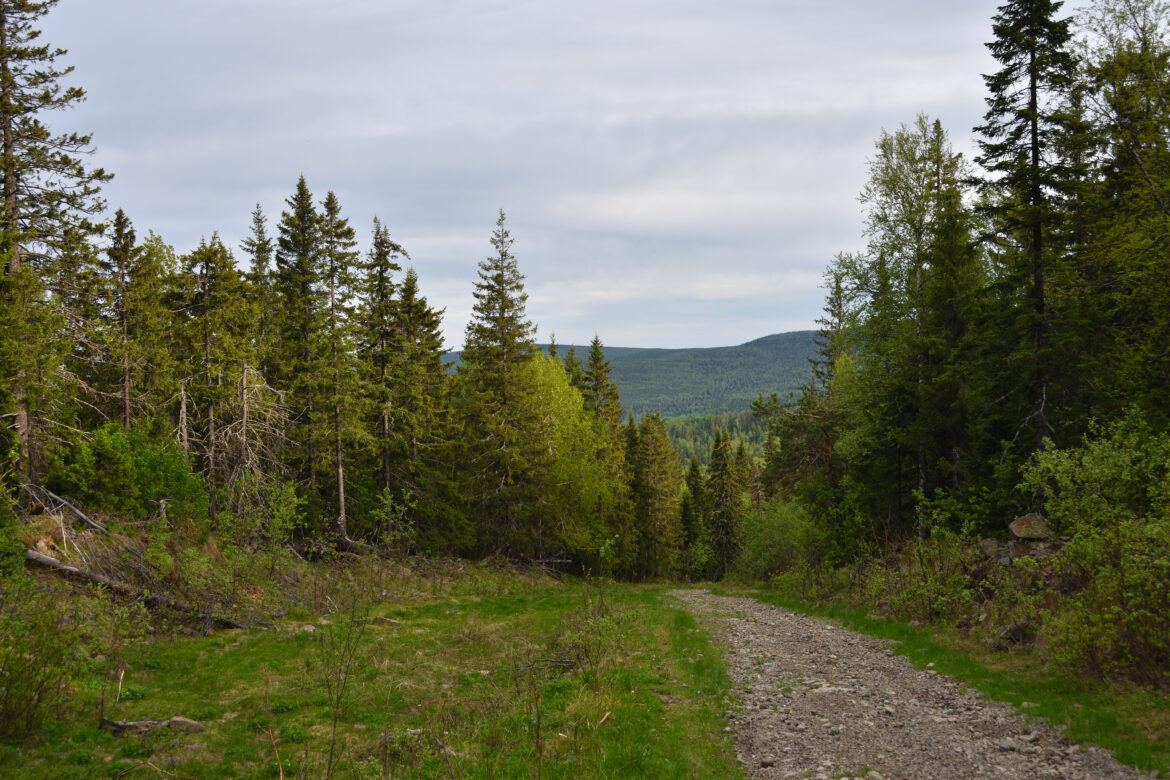The outbreak of World War II led to the devastation of many towns, which were heavily bombed by the German air force. This was also the fate of Siedlce, a town located about 80 km from Warsaw. Until 1939, Yechiel Yehoshua Rabinovich held the office of rabbi there. When the Germans began persecuting the Jewish population at the beginning of September, the rabbi eluded a German manhunt. From that moment on, his struggle for survival began. He and his family sought salvation to the Soviets, but there he faced new repressions.
In the Second Polish Republic, Yechiel Yehoshua Rabinovich (1900-1981) was among the leading Polish tzaddikim, including close contacts with the Gerer rebe, the tzaddik from Góra Kalwaria. As a Hasid and tzaddik, he represented a tradition that originated in Biała Rawska near Łódź, which in turn had its origins in Przysucha – a small but extremely important town for the Hasidic community of the central regions, located 40 km south-west of Radom. There, the tzaddik Yaakov Yitzchak ben Asher Rabinovich, known as the Holy Jew, established his court. This character became the hero of a book by Martin Buber entitled “Gog and Magog”. The work tells the story of the rivalry between two Hasidic schools – from Przysucha and from Lublin.
Yechiel became a tzaddik at the age of 23, having previously joined the Berholc family of Włodawa. Family ties caused him to settle there for some time, establishing his court in Włodawa. Then, he started to hold a rabbinical office in Siedlce, without losing contact with Włodawa community.
In 1939, during German air raids on Siedlce, the Rabinovich family lost all their property. As her daughter wrote in her memoirs, “our entire house, together with our possessions, books, antiques and family heirlooms, which were passed from generation to generation, was burnt down”. The situation became even more dramatic when, in the first days after the occupation of Siedlce, Wehrmacht soldiers began persecuting Jews. One of the forms of repression against them was forcing the elderly into exhausting labour. So, when the German order was issued to all men of Jewish nationality to present themselves at a certain place to be transported to a designated place of work, Rabinovich, taking advantage of the confusion, escaped from the deportation point by hiding in the gate of one of the Siedlce houses. From that moment, a new stage in his life began. He had to hide his identity, walking the streets disguised as a baker, which the Germans did not deport for forced labour in the autumn of 1939.
The next shock to the town’s inhabitants was the entry of Soviet troops into Siedlce, which took place at the end of September 1939. Almost immediately, the inhabitants of Siedlce were informed that they would not stay in the area for long, and that anyone who wanted to go with them to the East was welcome. This propaganda ploy by the Soviets had an effect on a large proportion of the population, tired of the German “order” – Poles and Jews, who withdrew from the city with the Soviets, heading for the Eastern Borderlands. The Rabinovich family was among those people. They went to an acquaintant rabbi living in Baranowicze. There they stayed for 8 months. During this time, the rabbi from Siedlce tried unsuccessfully to obtain a Soviet passport, which was denied to him as a person classified as an “undesirable element”. Due to these circumstances, he began to apply for a trip to Kaunas in Lithuania, hoping that from there he would be able to get to Palestine.
His relatively peaceful life in the Eastern Borderlands was interrupted by a denunciation, as a result of which the NKVD turned up at the Baranowicze rabbi’s house in the spring of 1940. Under the guise of searching for weapons, the Soviet functionaries ordered all the household members to pack up in 10 minutes. This meant deportation deep into Siberia. The Rabinovichs were transported to the railway station and loaded into freight cars. After a 20-hour wait, the train set off towards Minsk, then Moscow, heading for Sverdlovsk (now Yekaterinburg).
The train ride ended in Tavda, a town on the river of the same name. Once the group of deportees reached the river’s banks, the journey was continued on barges. After a two-day trip, the deportees were disembarked in an old forest in the Tvarsk district (Sverdlovsk region). There were already several hamlets with barracks there. The Rabinovichs ended up in a hamlet called Chash/Chasha and began forced labour there, consisting of cutting down the forest and processing wood, and weaving baskets.
The main problem for Rabbi Rabinovich, and his family, apart from the harsh climate and hard work, turned out to be their attachment to Jewish traditions, including the holy day of Saturday. For this reason, investigations were held, initiated by the commandants and authorities of the hamlet. Their aim was to break religious Jews and to discourage them from cultivating Jewish traditions. The rabbi was accused of sabotage and discouraging work. For this reason, he even ended up in detention, although the punishments were not too severe. Nor did the deportees suffer from hunger, as the Rabbi’s daughter wrote in her memoirs, realising that the place she and her father were sent to was one of the better ones. The situation took a turn for the worse after the outbreak of the German-Soviet war in 1941.
At the end of August 1941, the deportees learned of the amnesty. So, they set off on their homeward journey – not to Poland, but to Palestine.





